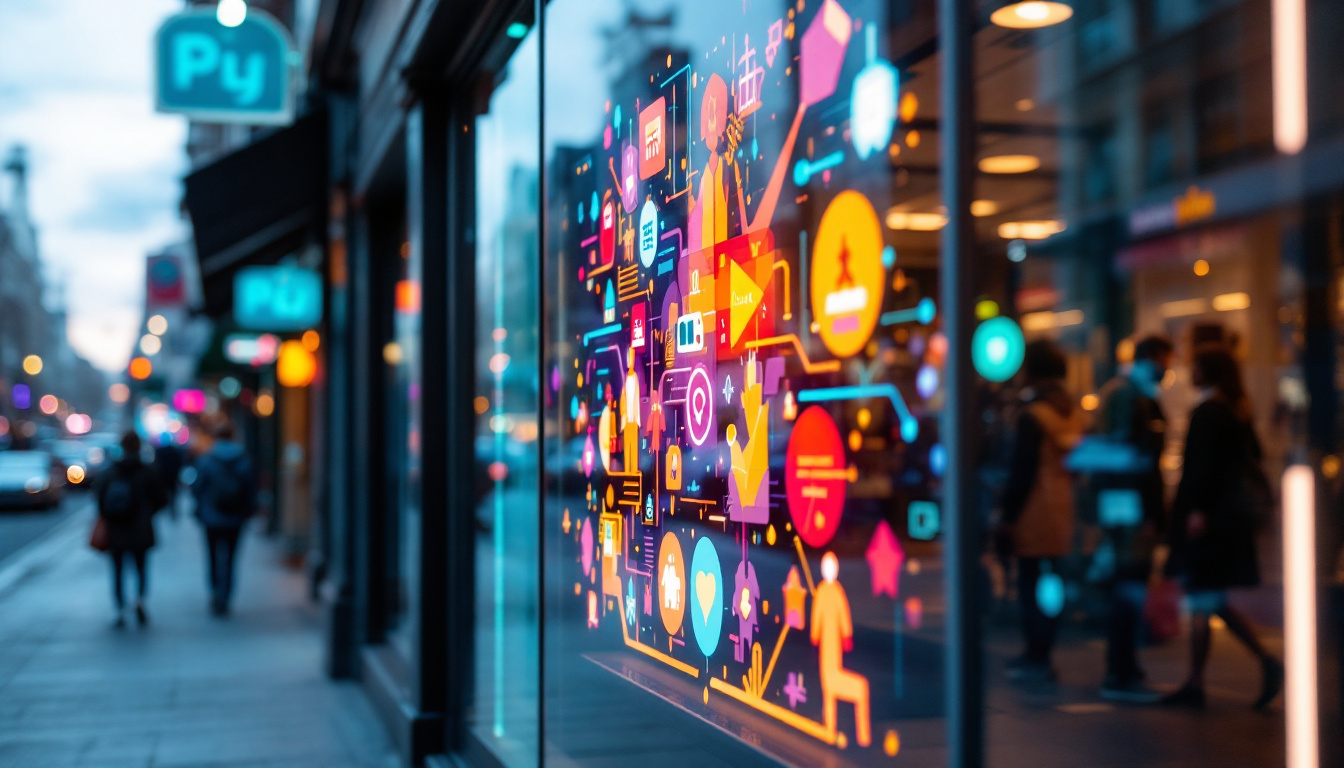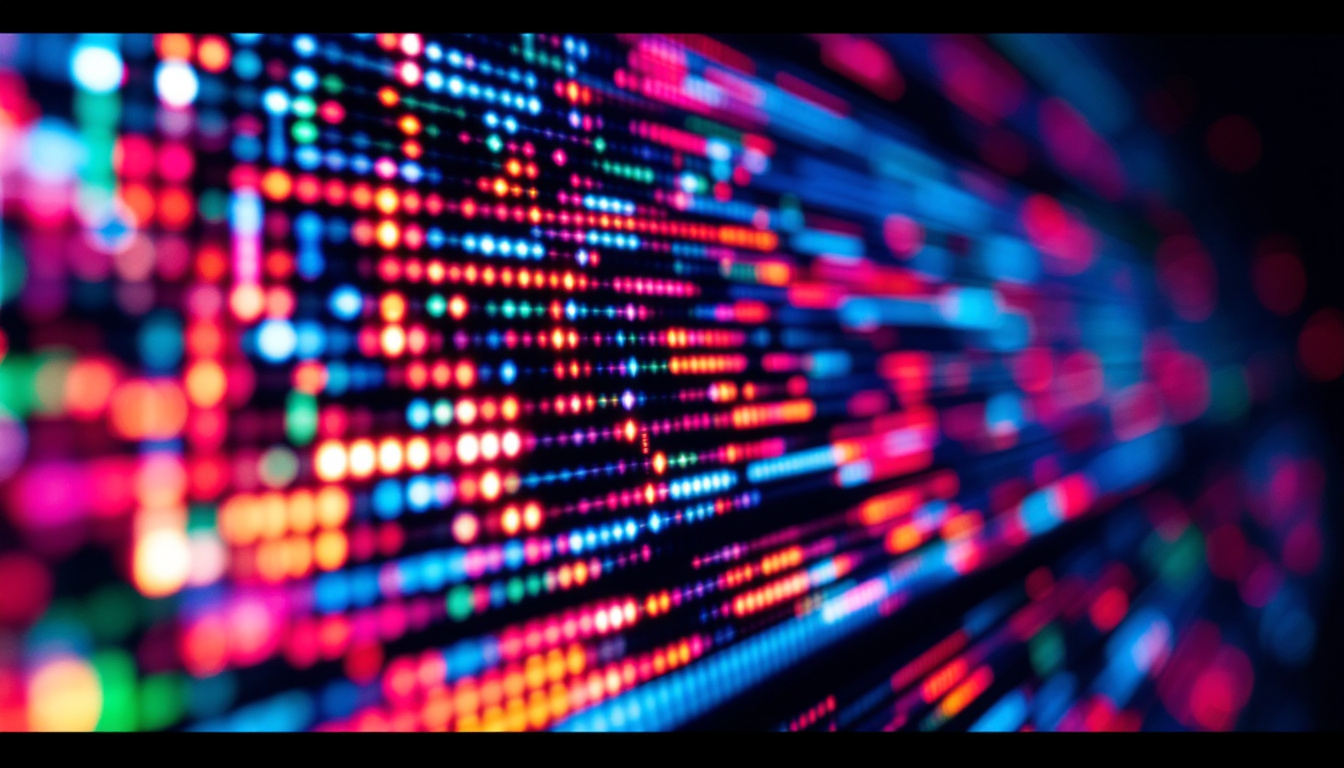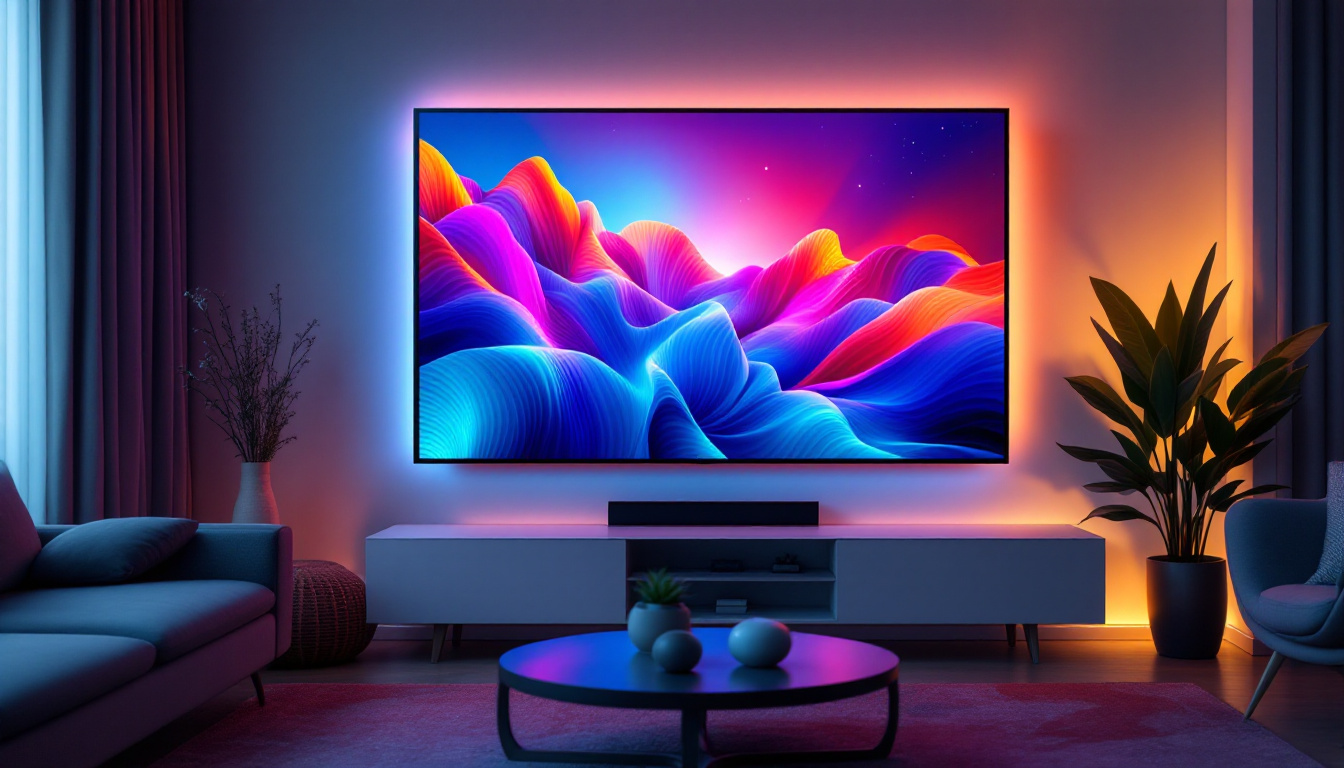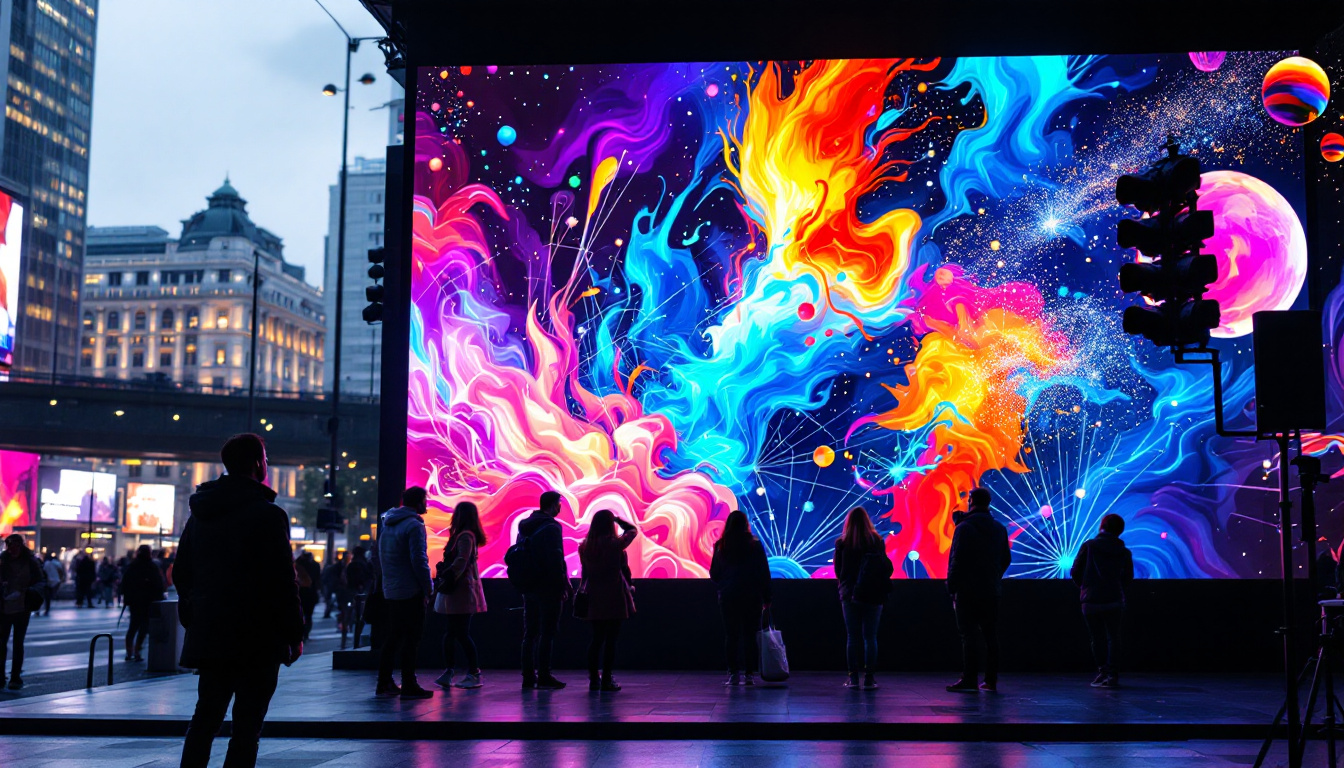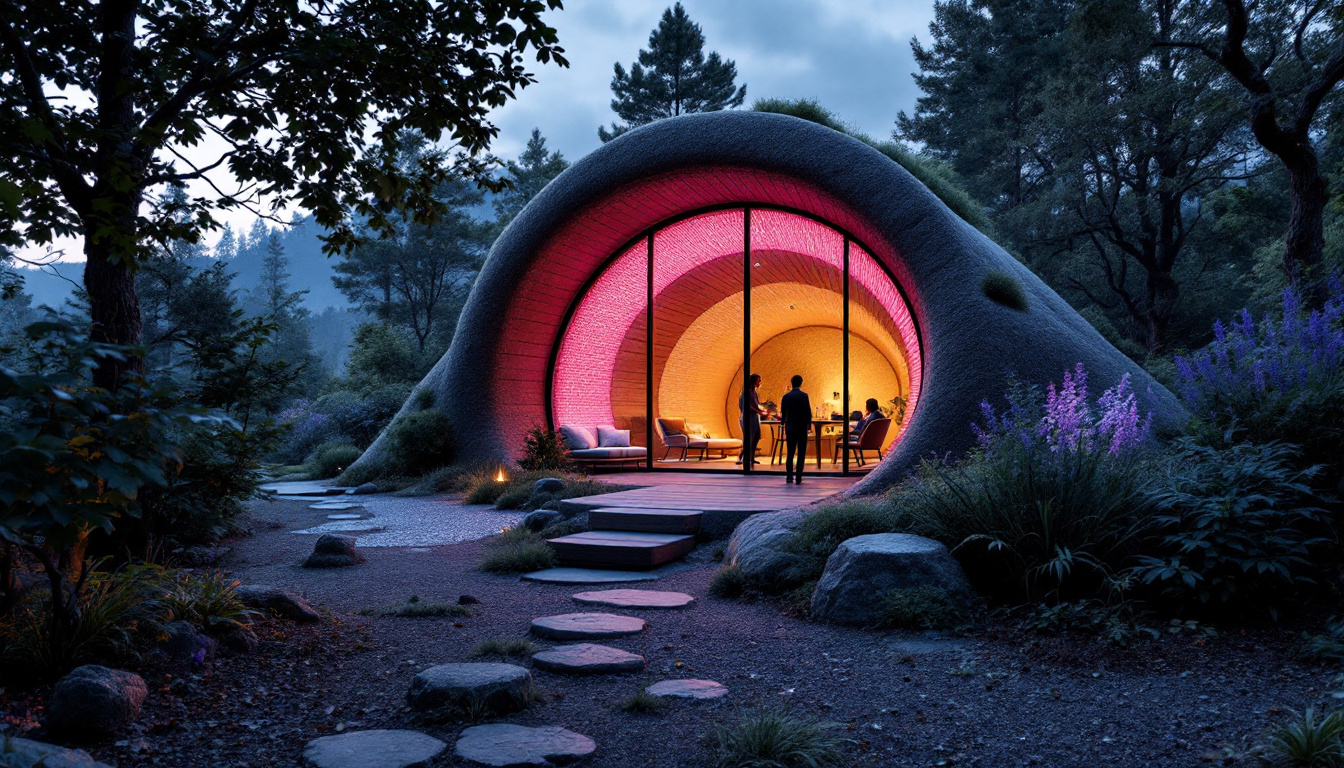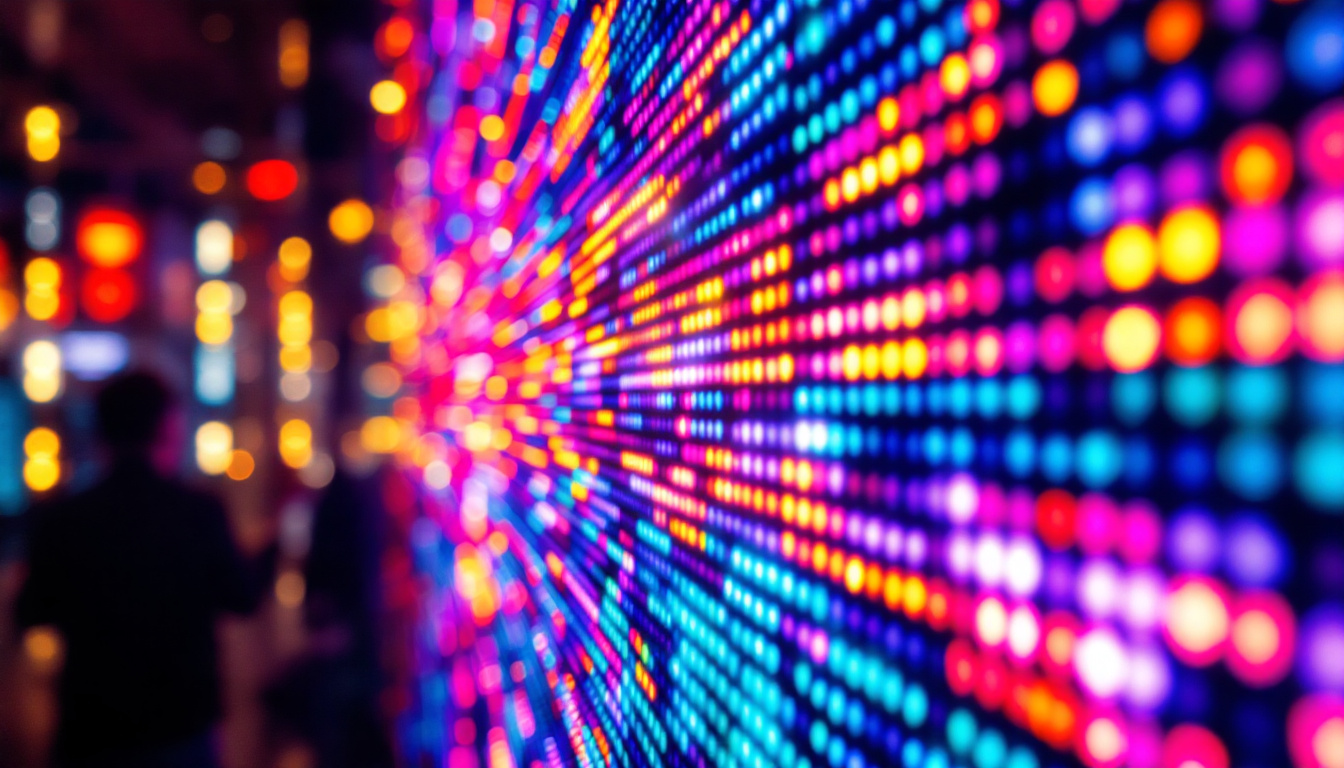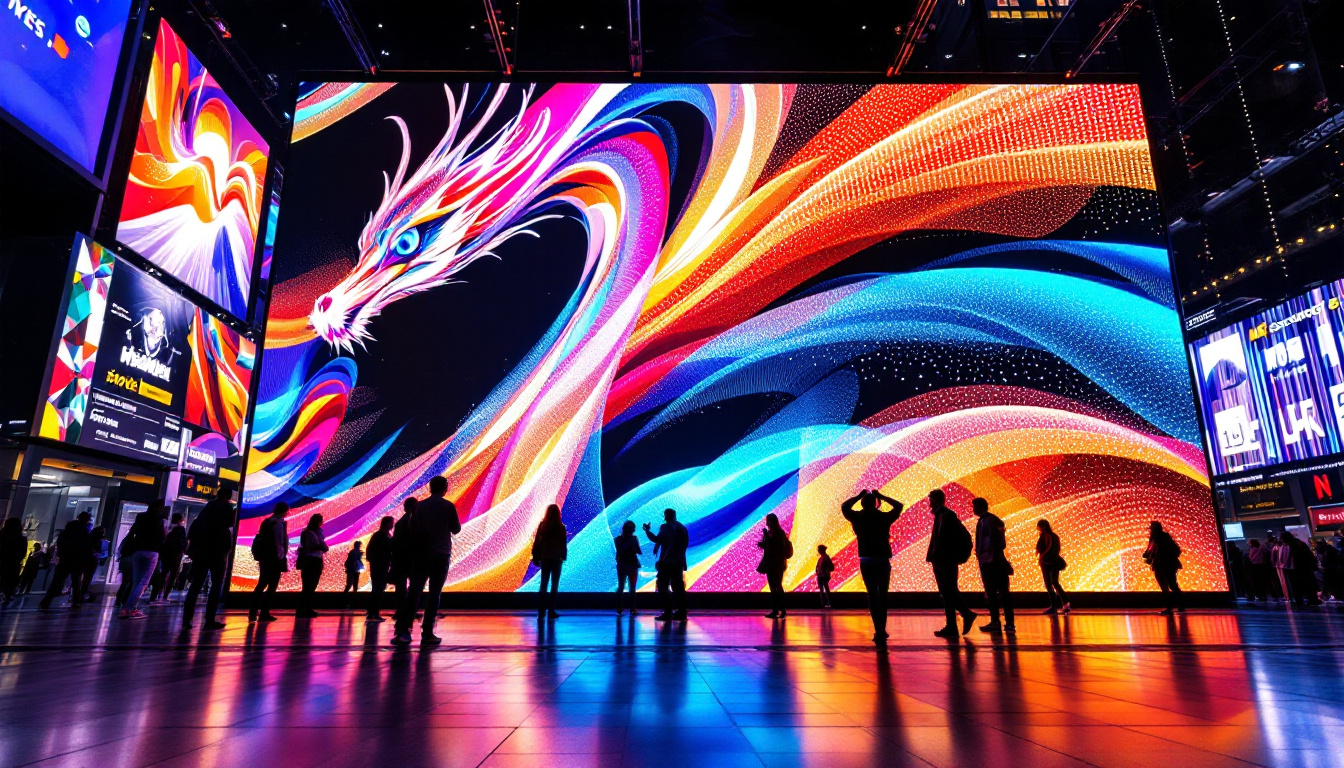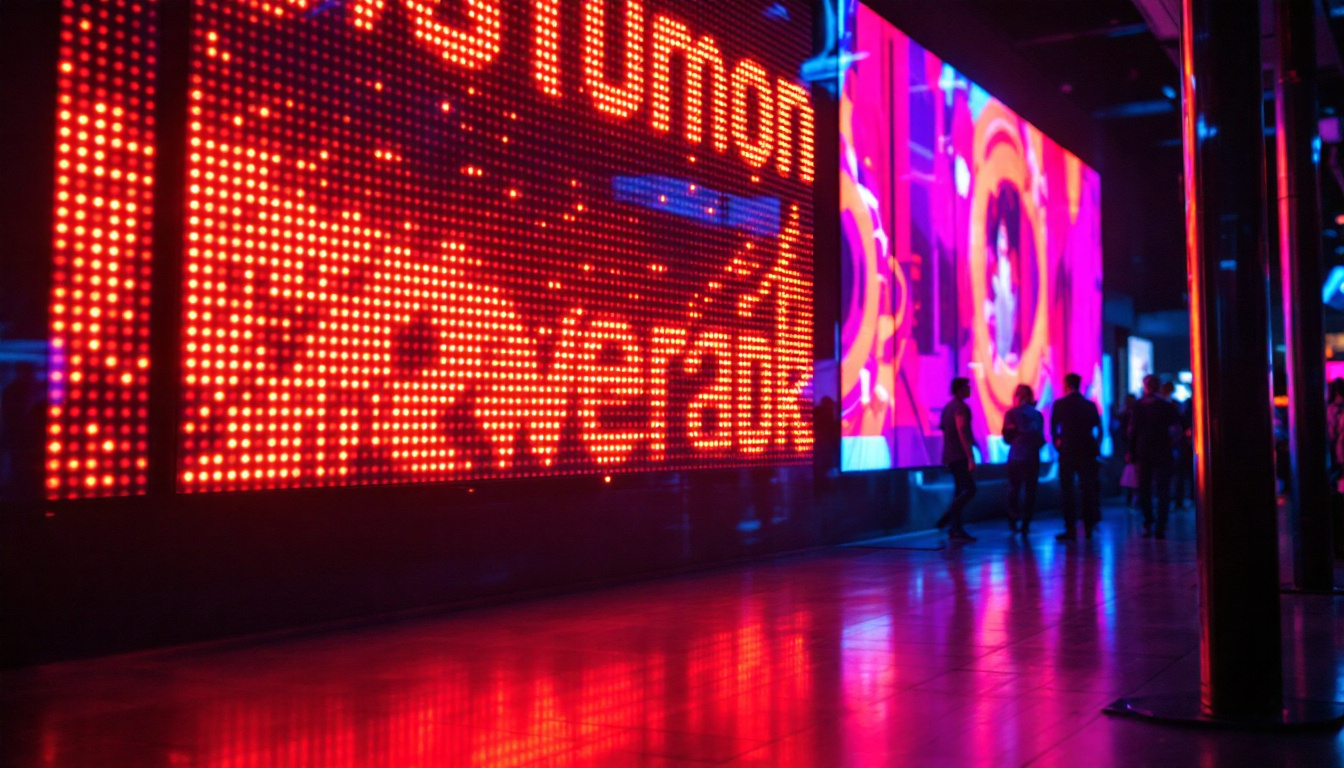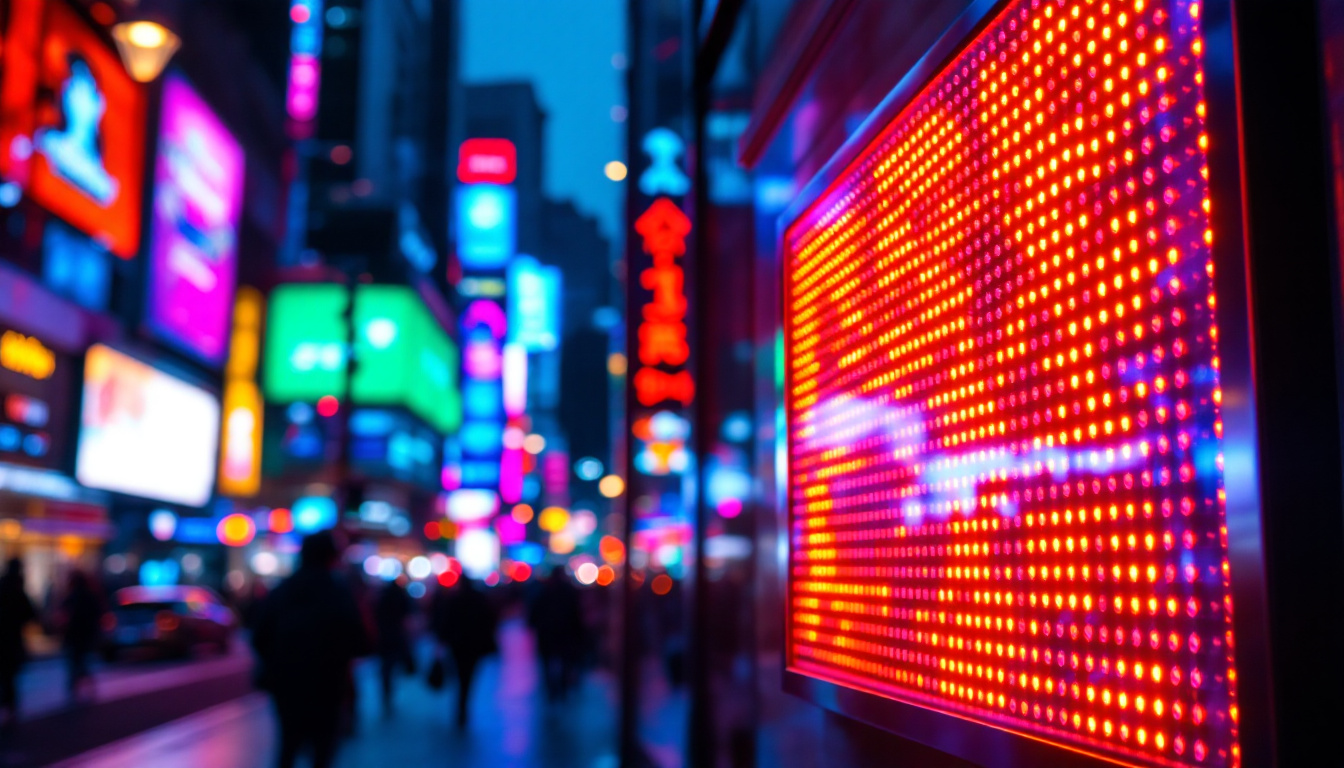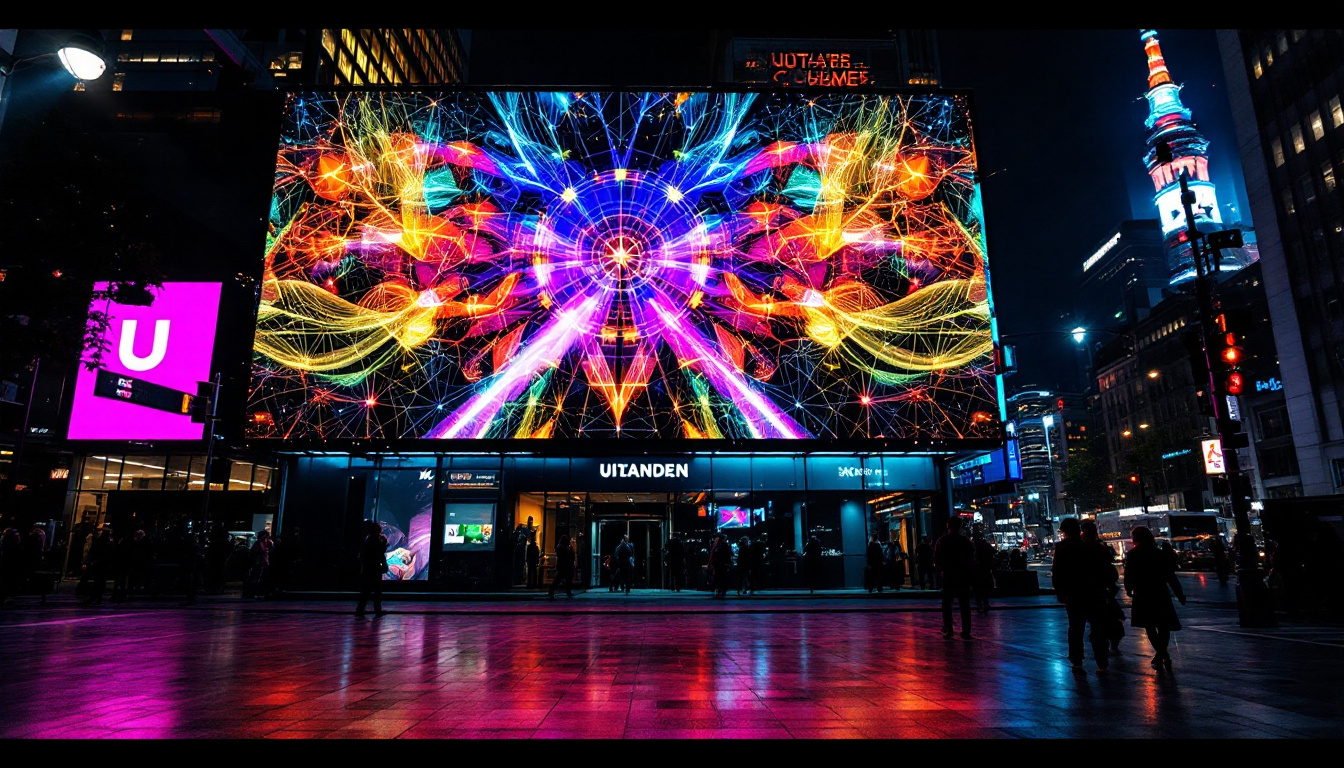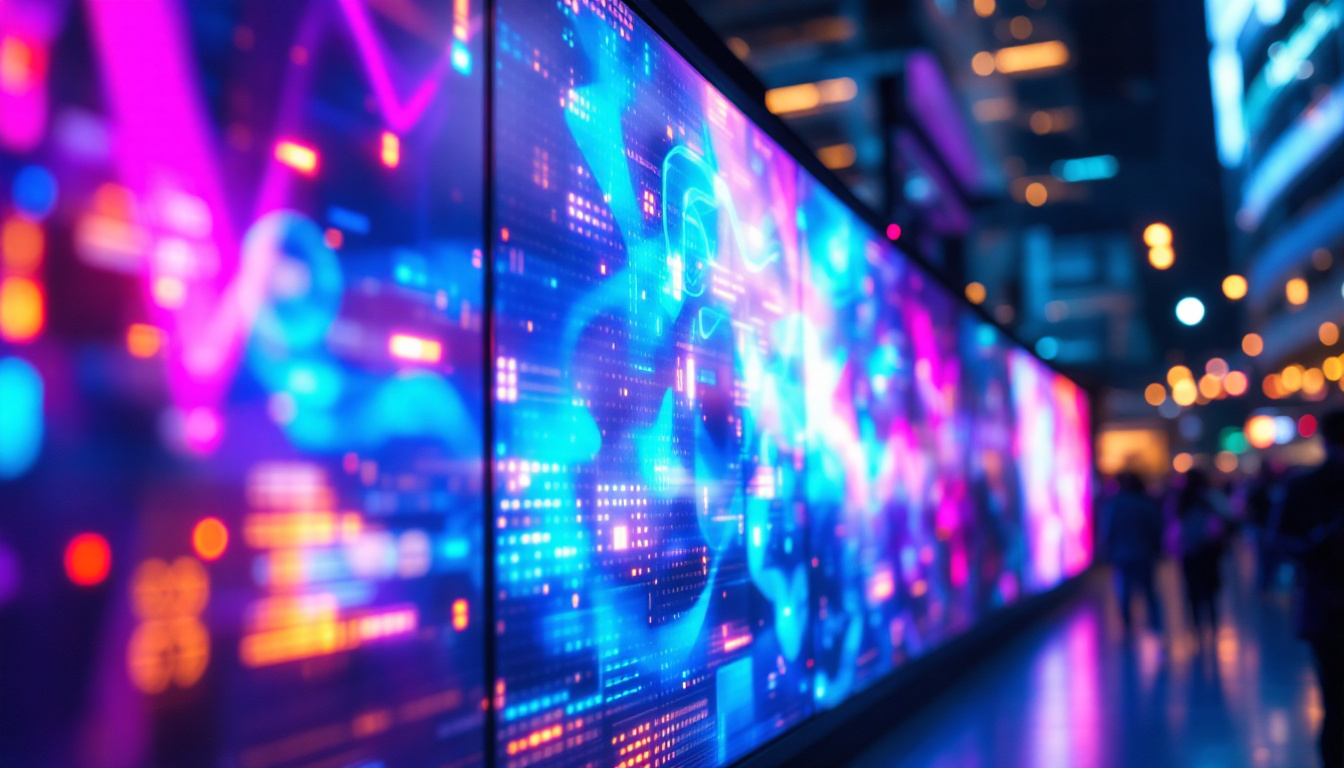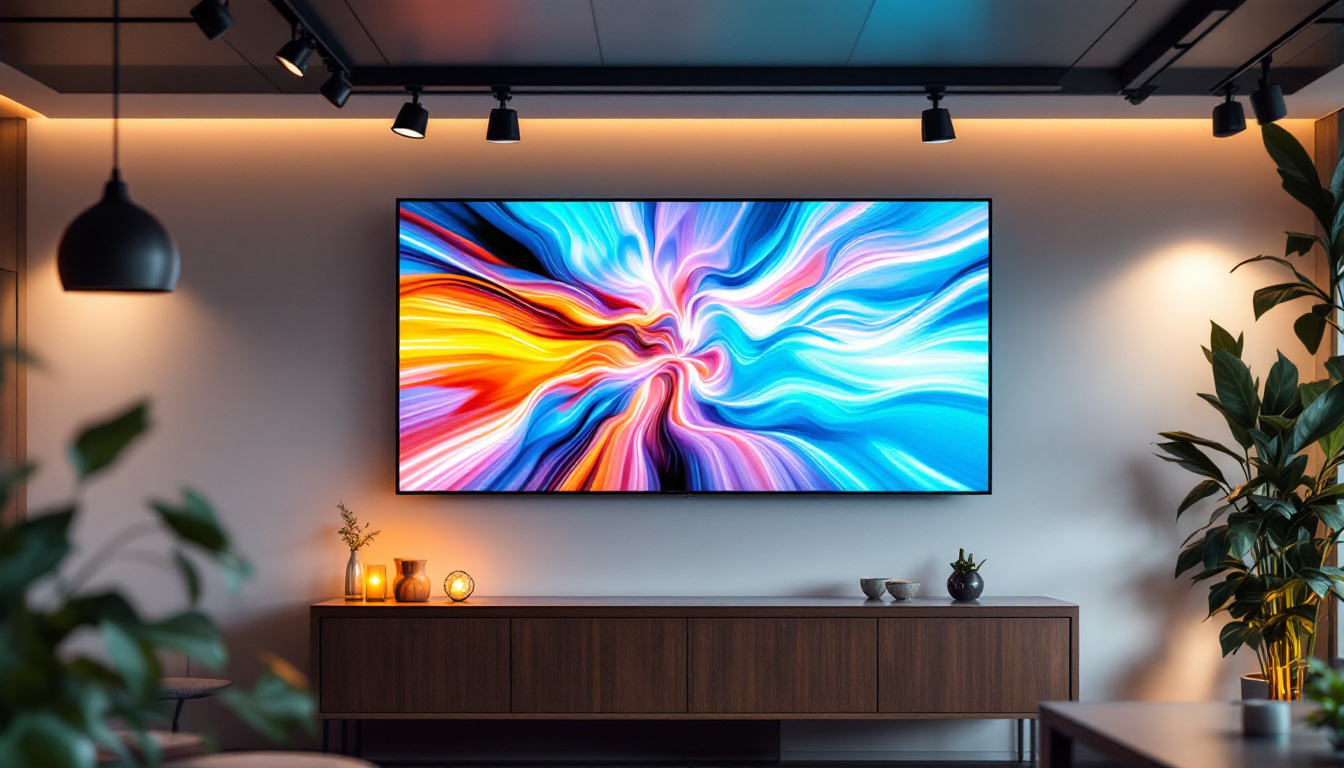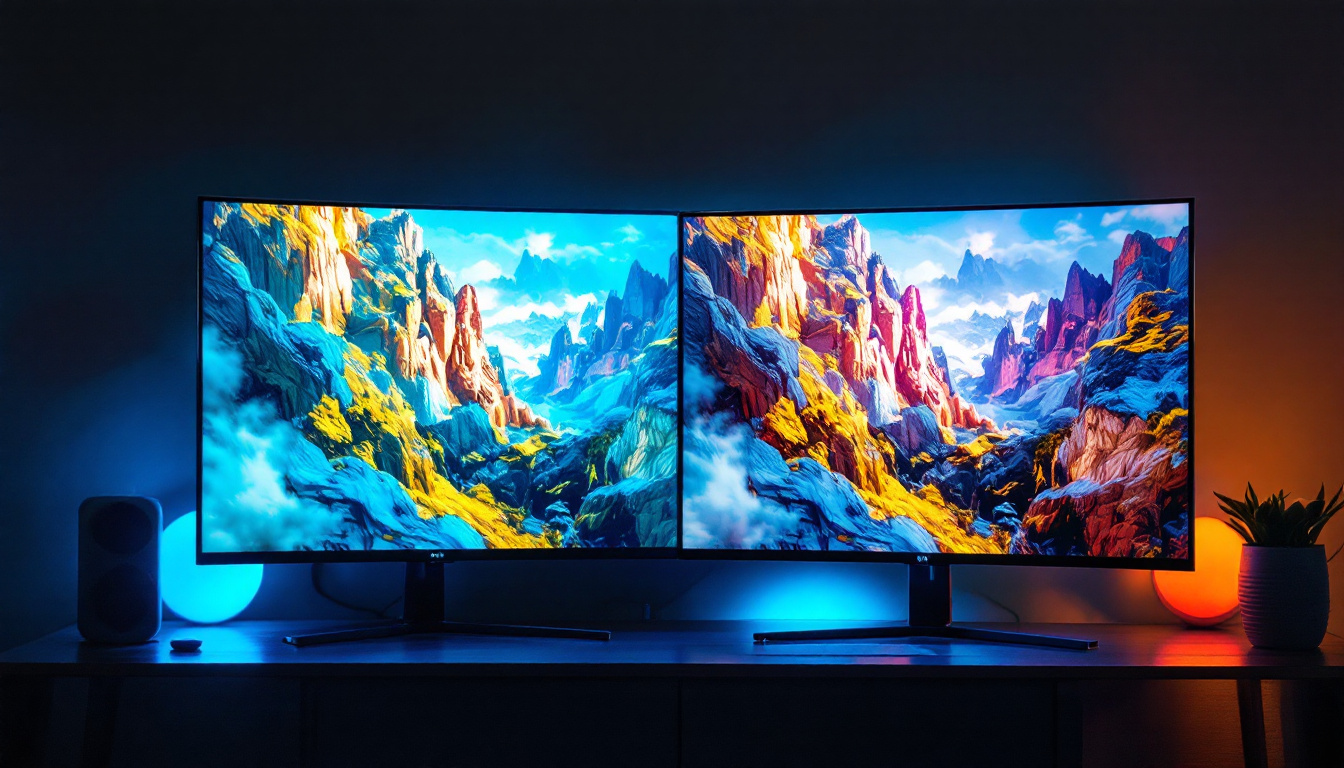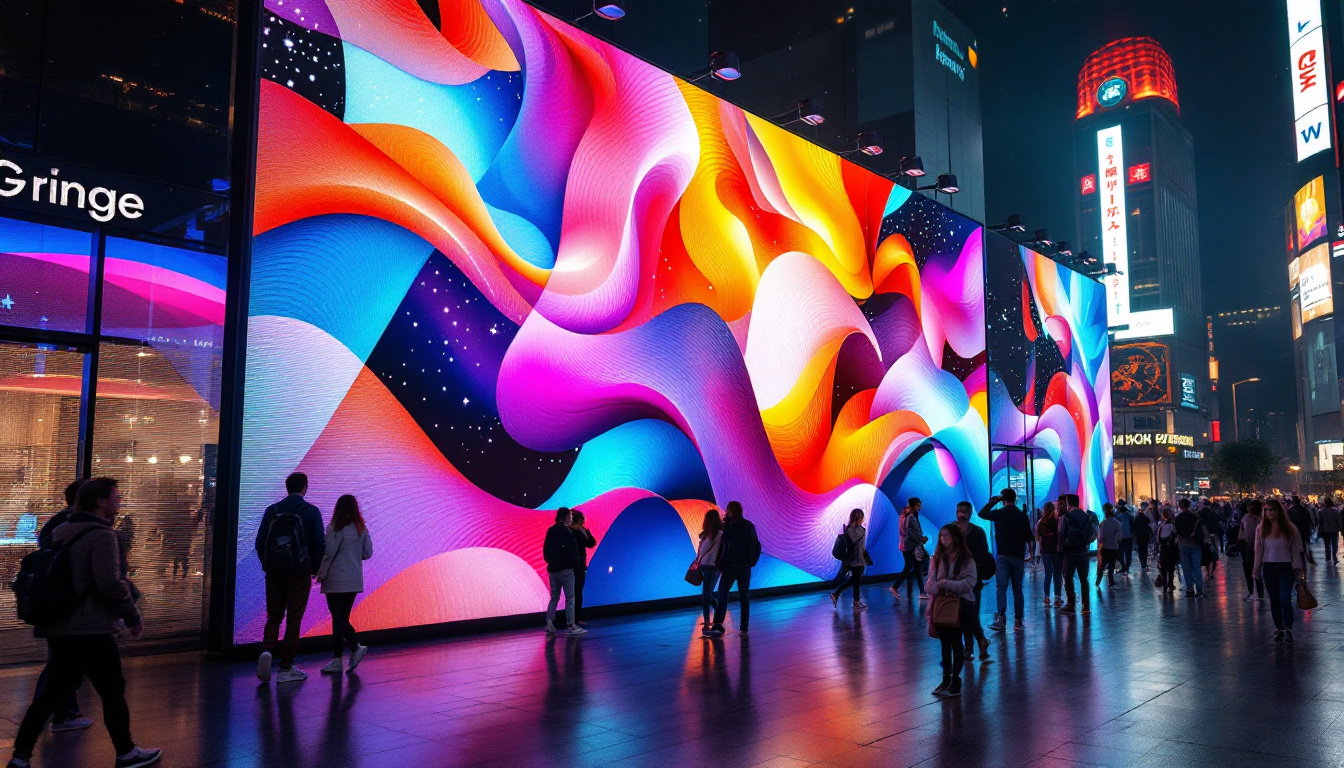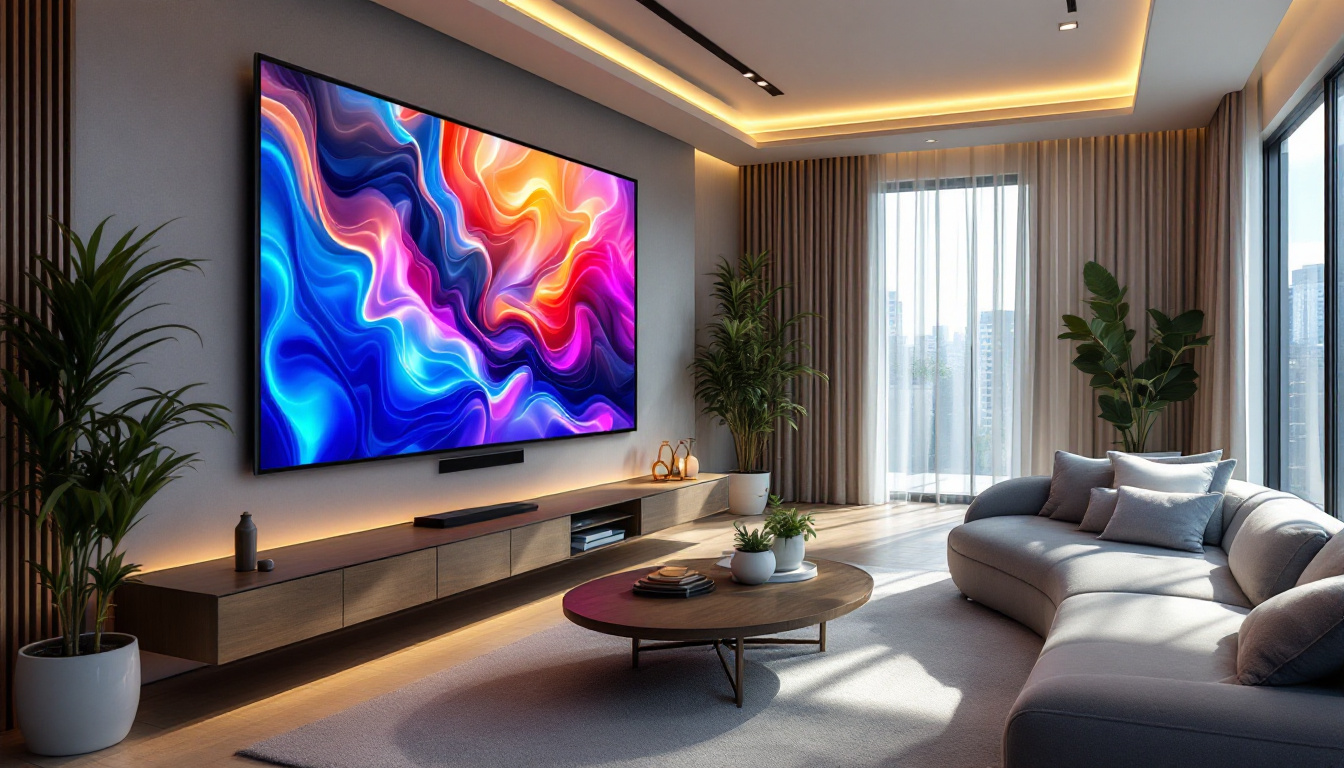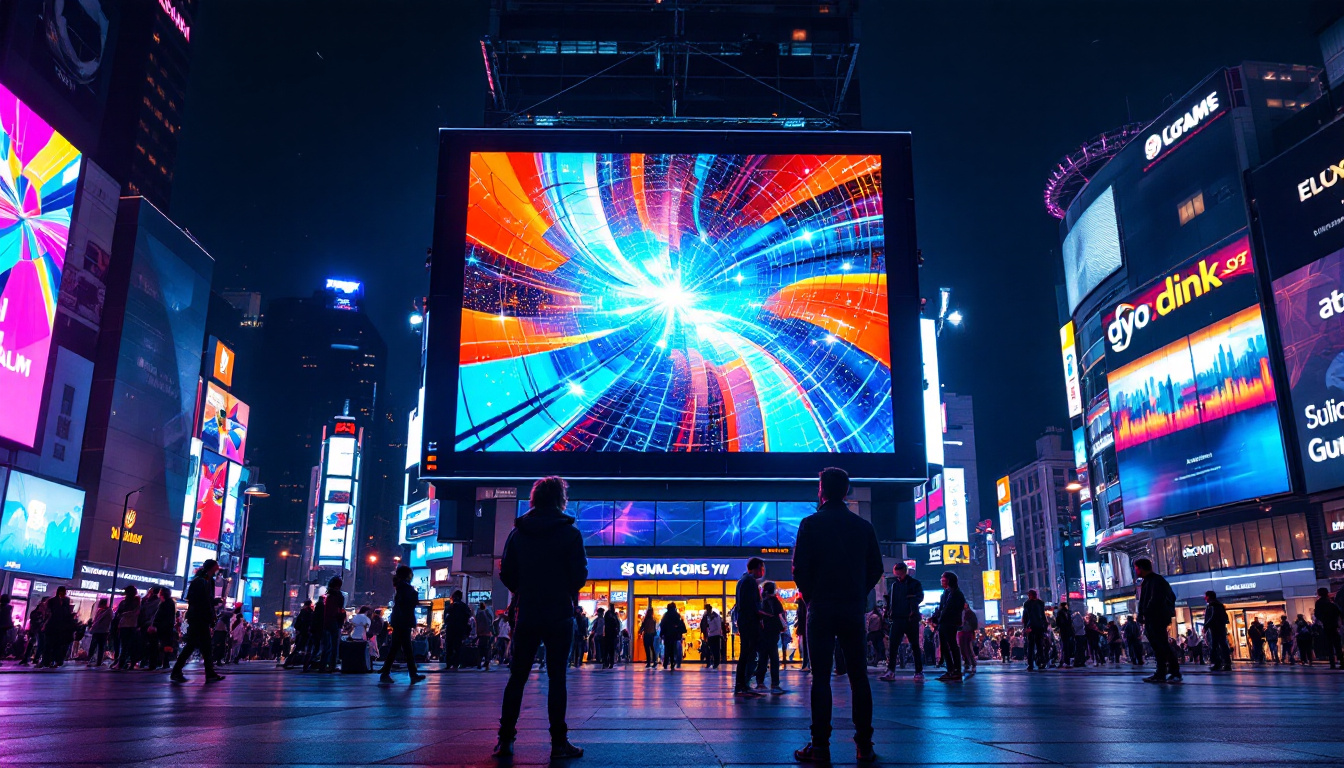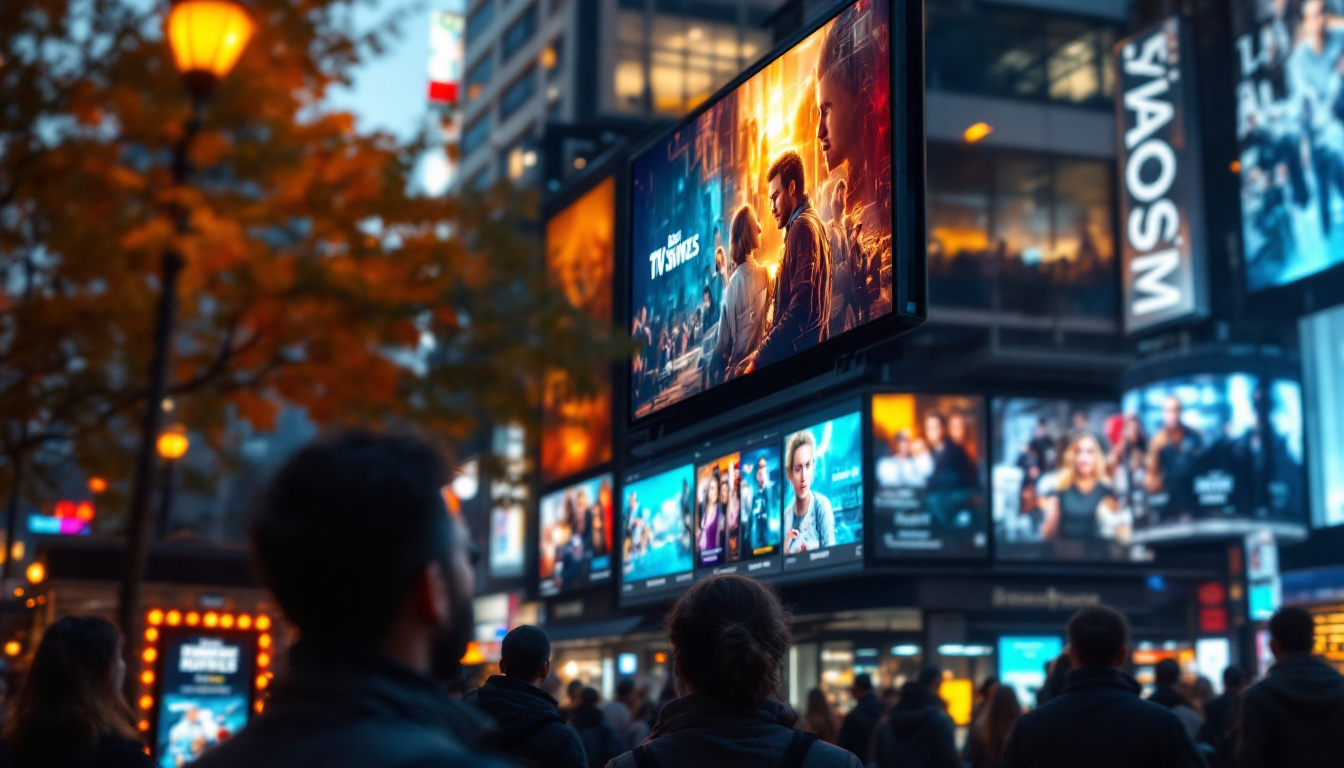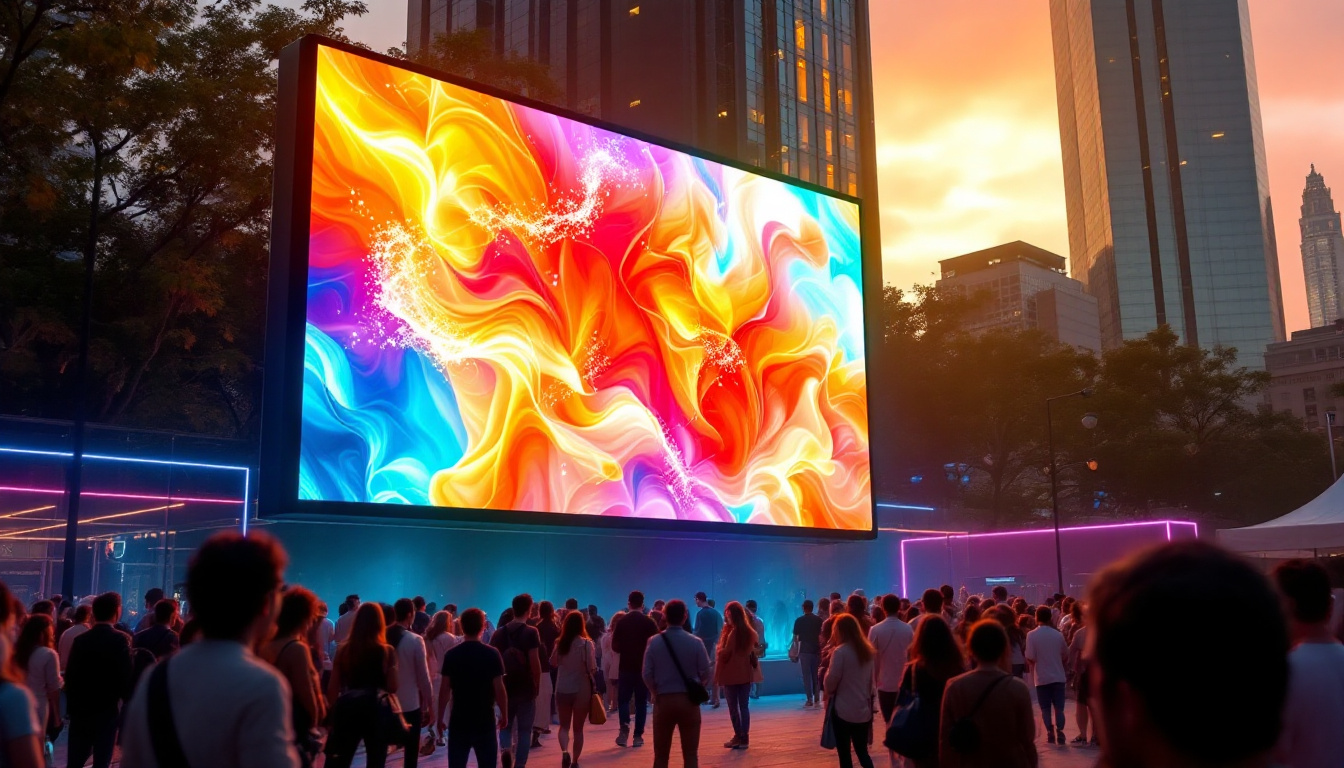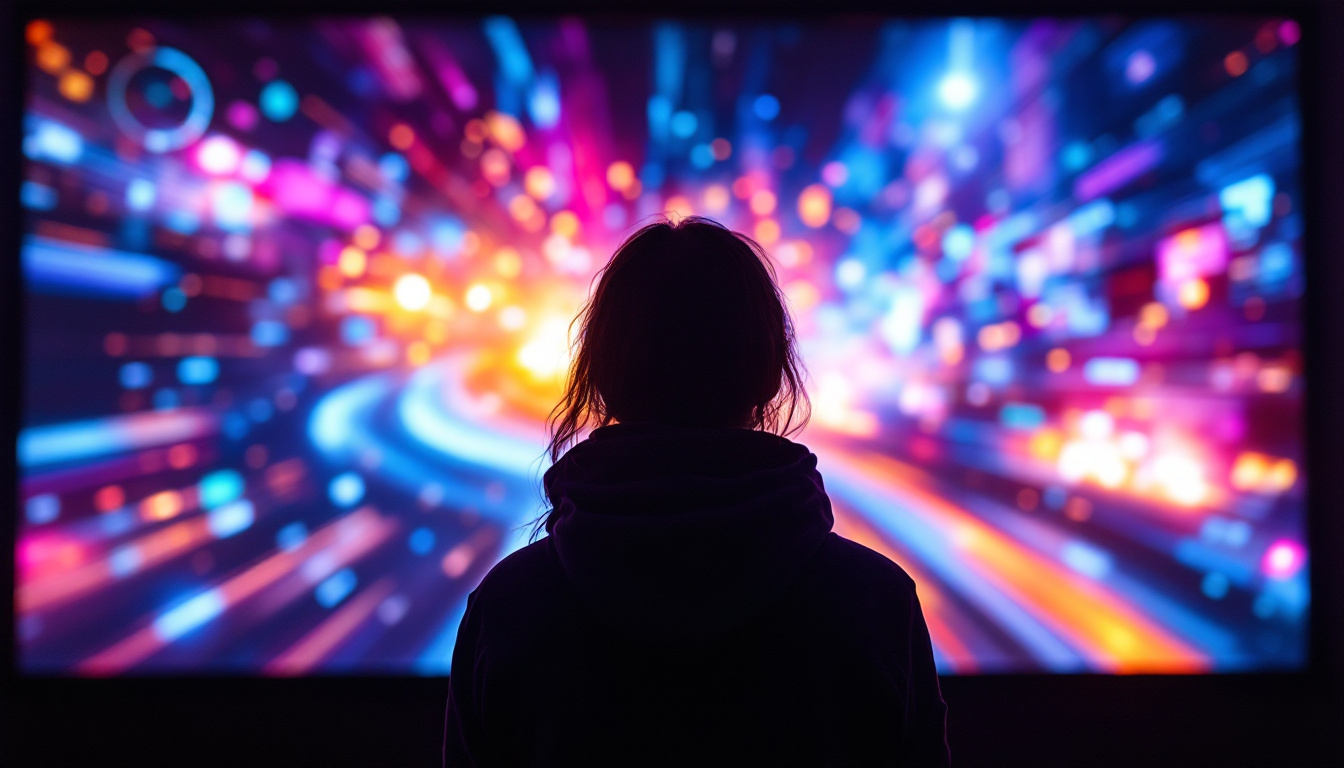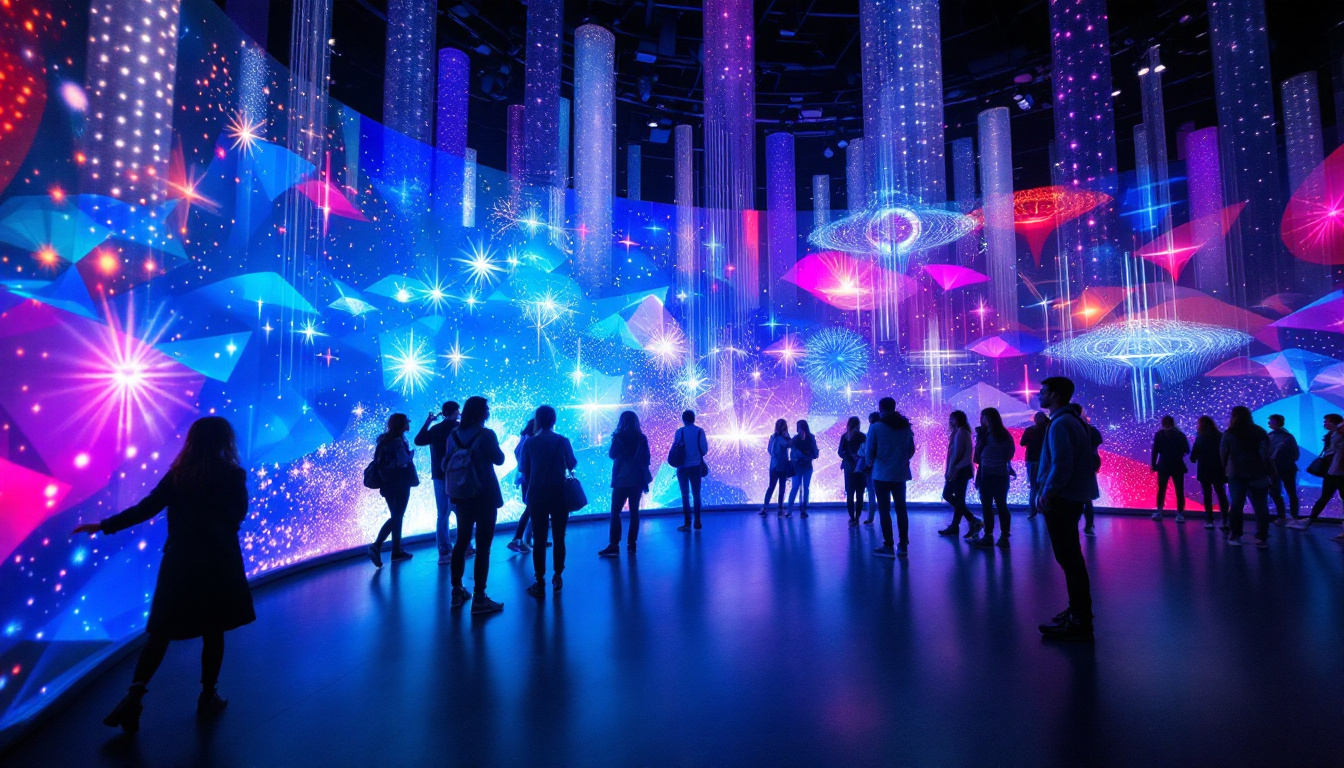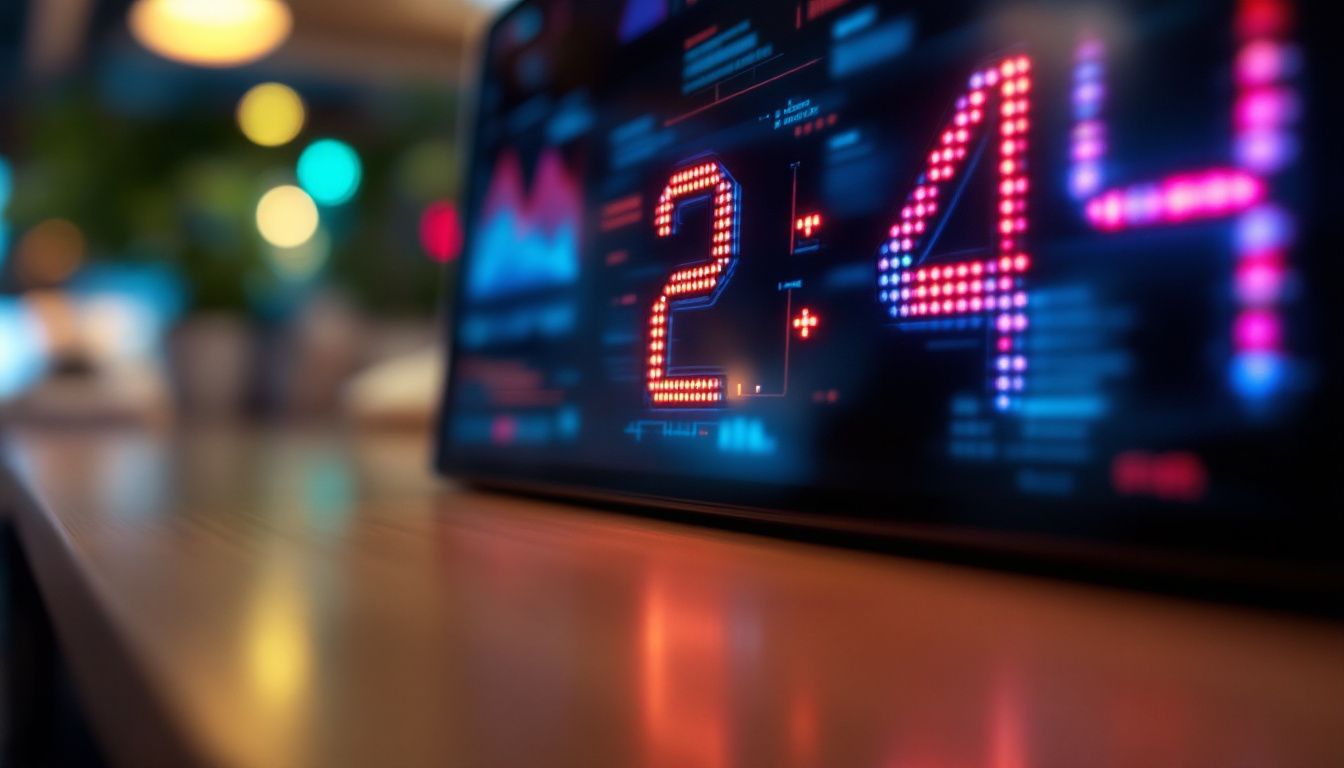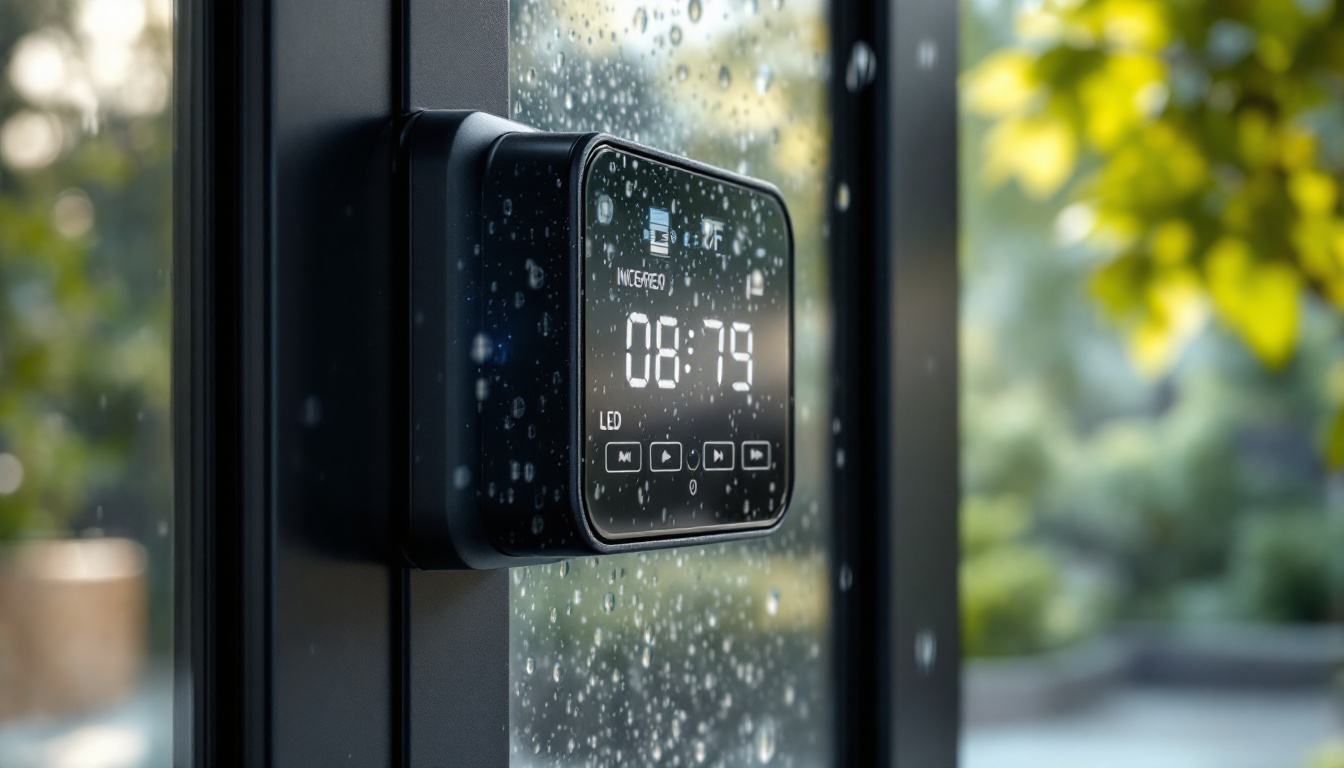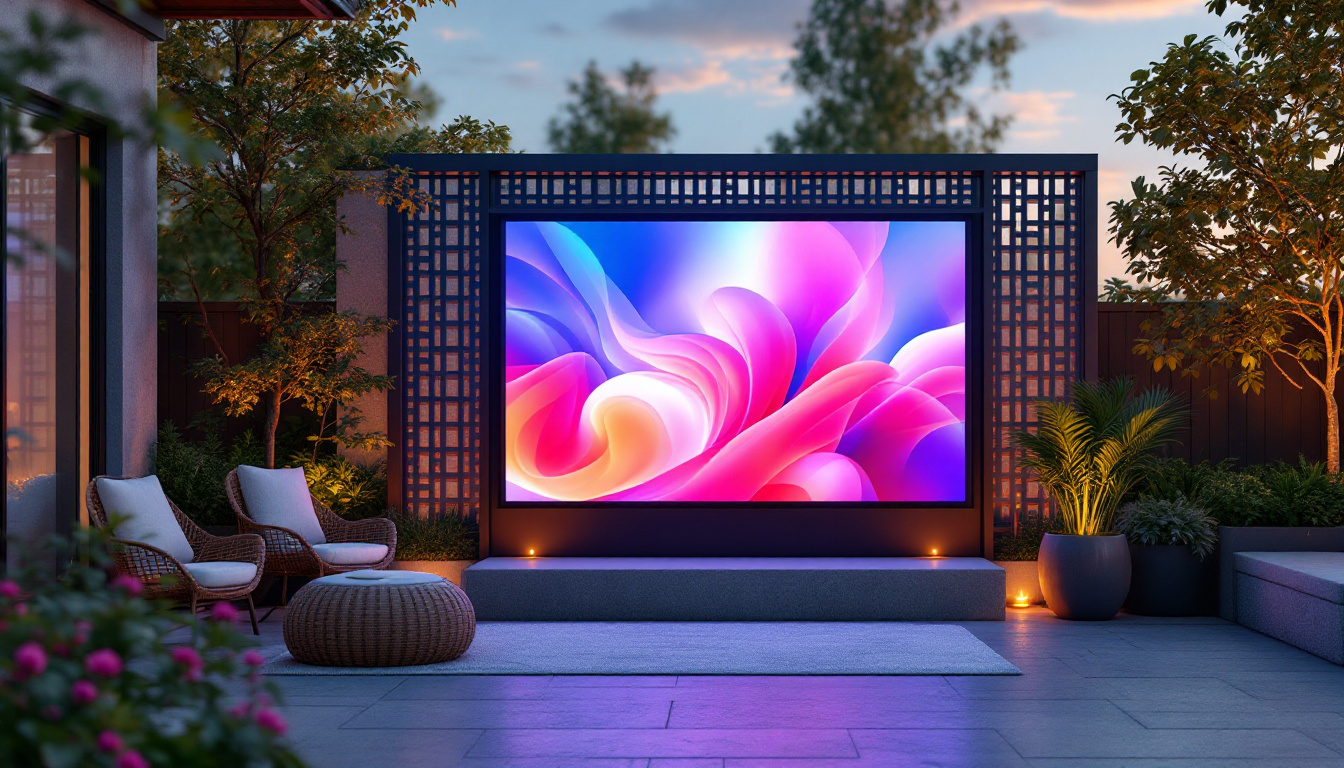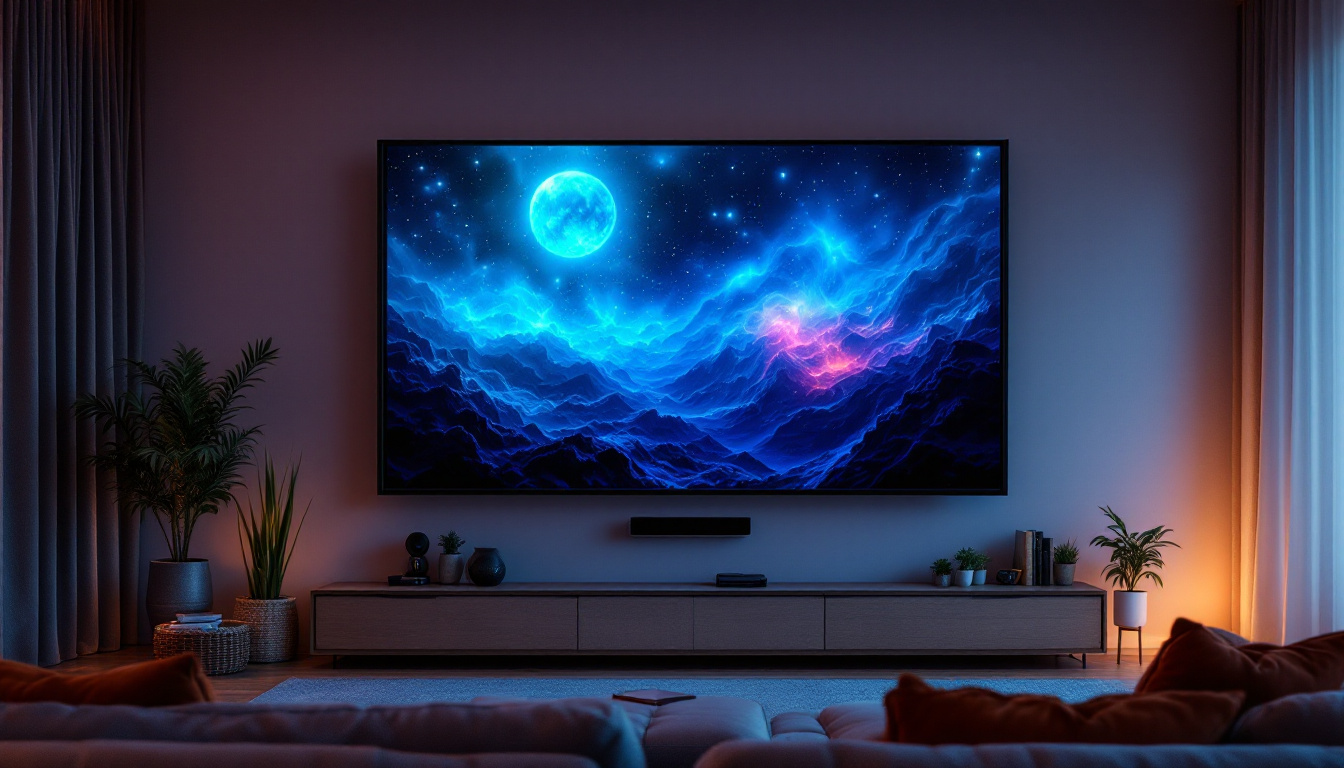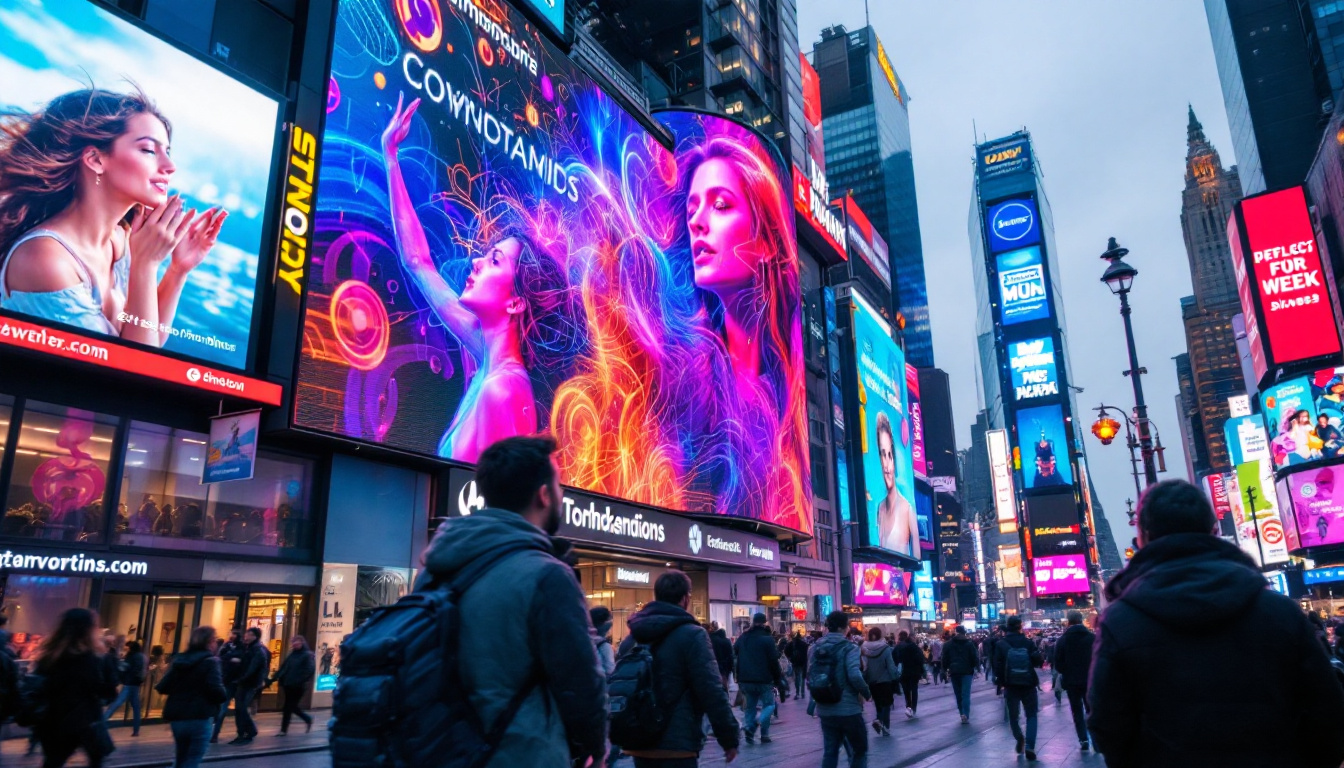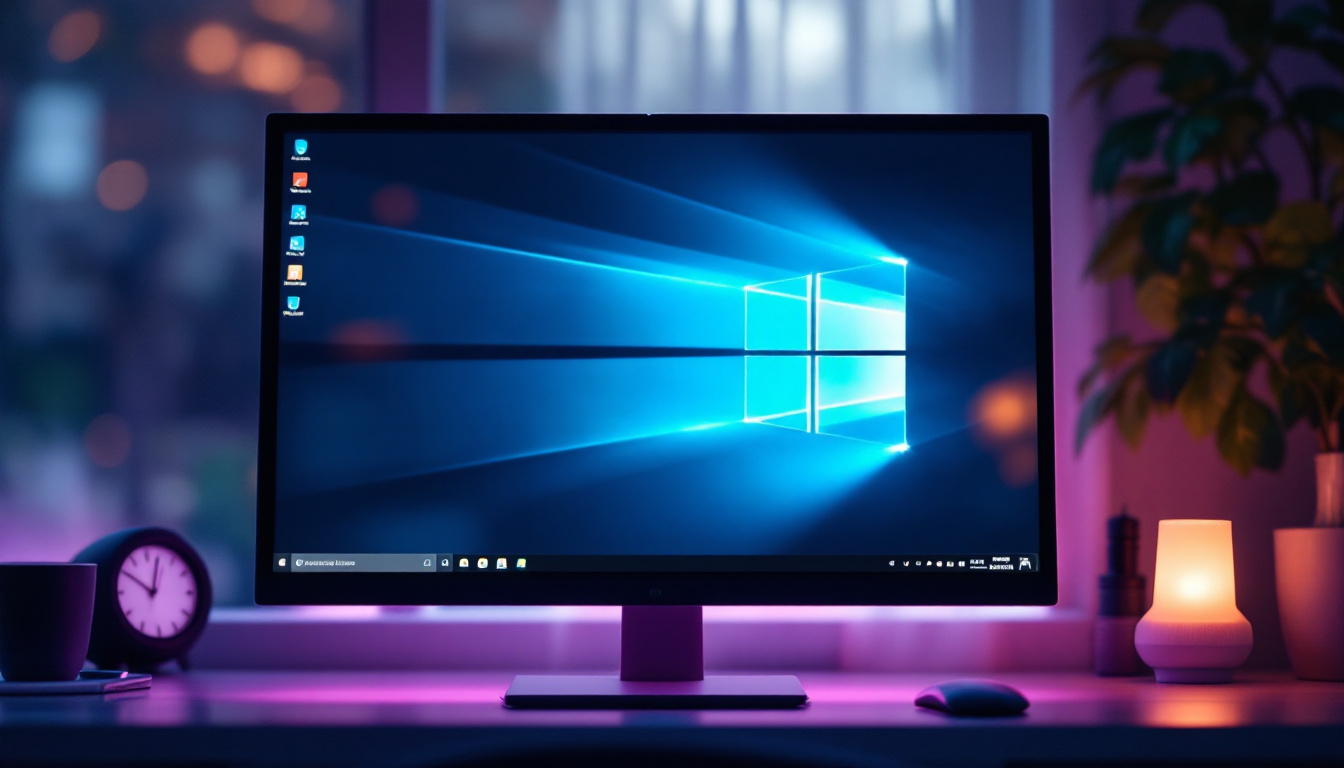Shop Window TV Display: LED Display Explained
In the ever-evolving landscape of retail, the way products are showcased plays a crucial role in attracting customers. One of the most effective methods for enhancing visibility and engagement is through the use of LED displays, particularly in shop window displays. This article delves into the intricacies of LED technology, its benefits for retail environments, and how it can transform a simple shop window into an eye-catching advertisement.
Understanding LED Technology
LED, or Light Emitting Diode, is a semiconductor device that emits light when an electric current passes through it. This technology has revolutionized the way visual content is displayed, offering a range of advantages over traditional display methods. Understanding the fundamentals of LED technology is essential for retailers looking to maximize their advertising potential.
How LED Displays Work
LED displays consist of numerous tiny diodes arranged in a grid pattern. Each diode emits light in various colors, and when combined, they create vibrant images and videos. The brightness and clarity of LED displays make them ideal for outdoor environments, where they can be viewed in direct sunlight without losing visibility.
The technology behind LED displays allows for high-resolution images and videos, making them perfect for showcasing products in a visually appealing manner. The ability to display dynamic content, such as animations and videos, further enhances their effectiveness in capturing consumer attention. Additionally, LED technology is energy-efficient, consuming less power than traditional lighting solutions, which not only reduces operational costs but also contributes to a more sustainable approach to advertising.
Types of LED Displays
There are several types of LED displays available, each suited for different applications. Common types include:
- Indoor LED Displays: These are designed for use in retail environments, trade shows, and events. They typically have a higher pixel density, resulting in sharper images viewed from a close distance.
- Outdoor LED Displays: Built to withstand weather conditions, these displays are brighter and more durable. They are ideal for shop windows and outdoor advertising.
- Transparent LED Displays: These innovative displays allow for visibility through the screen, making them perfect for shop windows where maintaining a view of the products behind the display is essential.
Moreover, advancements in LED technology have led to the development of flexible LED displays, which can be bent or shaped to fit unconventional spaces, allowing for creative installations that were previously unimaginable. These flexible displays are particularly popular in modern architecture and interior design, where they can be integrated into walls, ceilings, or even furniture, providing a seamless visual experience. Additionally, the rise of smart LED displays, equipped with sensors and connectivity features, enables real-time content updates and interactive capabilities, further enhancing consumer engagement and providing businesses with valuable data analytics.
Benefits of LED Displays for Retail
Incorporating LED displays into shop windows offers numerous advantages that can significantly enhance retail success. From increased visibility to improved customer engagement, the benefits are substantial.
Enhanced Visibility
One of the primary benefits of LED displays is their brightness. Unlike traditional signage, LED displays can be seen clearly even in bright daylight. This visibility ensures that messages are conveyed effectively, attracting the attention of passersby and potential customers.
Moreover, the ability to change content quickly and easily allows retailers to keep their displays fresh and relevant. This flexibility is particularly advantageous during seasonal promotions or special events, enabling businesses to adapt their messaging to current trends.
Increased Engagement
Dynamic content is more engaging than static images. LED displays can showcase videos, animations, and interactive content, all of which can draw customers in and encourage them to explore the store. Engaging displays can create a memorable experience, increasing the likelihood of repeat visits.
Additionally, LED displays can be integrated with social media feeds or live data, further enhancing interactivity. For instance, displaying customer reviews or user-generated content can foster a sense of community and trust among potential buyers.
Cost-Effectiveness
While the initial investment in LED technology may be higher than traditional signage, the long-term cost savings are significant. LED displays consume less energy than conventional lighting, leading to lower electricity bills. Furthermore, their durability means reduced maintenance and replacement costs over time.
In the competitive retail landscape, the return on investment (ROI) from LED displays can be substantial. The increased foot traffic and sales generated by an eye-catching display often outweigh the initial setup costs.
Implementing LED Displays in Shop Windows
For retailers looking to incorporate LED displays into their shop windows, careful planning and execution are essential. Several key factors should be considered to ensure the effectiveness of the display.
Choosing the Right Location
The location of the LED display within the shop window is critical. It should be positioned to maximize visibility from various angles and distances. An optimal location will ensure that the display captures the attention of pedestrians and drivers alike.
Additionally, considering the surrounding environment is important. The display should complement the overall aesthetics of the shop while standing out enough to attract attention. Proper placement can significantly enhance the effectiveness of the display.
Content Creation
The content displayed on the LED screen is paramount. High-quality visuals, engaging animations, and clear messaging are essential for capturing attention. Retailers should consider hiring professional designers to create content that aligns with their brand identity and resonates with their target audience.
Regularly updating the content is also crucial. Stale or outdated visuals can lead to disengagement, so retailers should plan a content calendar to keep their displays fresh and relevant. Seasonal promotions, new product launches, and special events should all be highlighted through dynamic content.
Technical Considerations
When implementing LED displays, technical aspects must not be overlooked. This includes ensuring proper installation, connectivity, and maintenance. Retailers should work with experienced professionals to ensure that the display is set up correctly and functions optimally.
Moreover, understanding the technical specifications of the display, such as resolution and brightness, is vital. These factors will influence the overall effectiveness of the display in attracting customers and conveying messages.
Case Studies: Successful Implementations
Numerous retailers have successfully implemented LED displays in their shop windows, resulting in increased foot traffic and sales. Analyzing these case studies can provide valuable insights for businesses considering similar strategies.
Fashion Retailer Success
A well-known fashion retailer recently revamped its shop window by installing a large outdoor LED display. The display showcased vibrant videos of the latest clothing collections, along with promotional offers. As a result, foot traffic increased by 30% within the first month of installation.
The retailer reported that customers were not only drawn in by the dynamic visuals but also engaged with the content, leading to higher conversion rates. This case highlights the potential of LED displays to attract attention and drive sales in the competitive fashion industry.
Electronics Store Transformation
Another example comes from an electronics store that faced stiff competition in a bustling shopping district. To stand out, the store invested in a transparent LED display that allowed customers to see products behind the screen while showcasing promotional videos in front.
This innovative approach not only attracted attention but also maintained visibility of the products, leading to a 40% increase in sales of featured items. The store’s unique display strategy became a talking point in the community, further enhancing brand recognition.
Future Trends in LED Display Technology
The world of LED display technology is constantly evolving, with new innovations emerging regularly. Retailers should stay informed about these trends to remain competitive and maximize the effectiveness of their displays.
Advancements in Resolution and Brightness
As technology advances, LED displays are becoming increasingly high-resolution and brighter. This trend allows for more detailed images and videos, enhancing the overall visual experience for customers. Retailers can expect to see displays with improved pixel density, making them even more effective in capturing attention.
Moreover, advancements in brightness levels will allow displays to be visible in even the brightest conditions, ensuring that messages are conveyed effectively at all times.
Integration with Augmented Reality (AR)
Another exciting trend is the integration of LED displays with augmented reality. This technology allows retailers to create immersive experiences for customers, blending digital content with the physical environment. For instance, customers could interact with virtual products displayed on the LED screen, enhancing engagement and driving sales.
As AR technology continues to develop, its integration with LED displays will likely become more prevalent, offering retailers innovative ways to connect with their audiences.
Sustainability Initiatives
With growing concerns about environmental impact, many retailers are looking for sustainable solutions. LED displays are already more energy-efficient than traditional signage, but future innovations may further enhance their sustainability. This could include the use of recyclable materials in display construction or advancements in energy-saving technologies.
Retailers that prioritize sustainability in their advertising strategies will not only contribute positively to the environment but also appeal to eco-conscious consumers.
Conclusion
LED displays have transformed the retail landscape, offering businesses innovative ways to engage customers and enhance visibility. From their vibrant visuals to dynamic content capabilities, these displays are proving to be invaluable assets for retailers looking to stand out in a competitive market.
As technology continues to evolve, the potential for LED displays will only grow. Retailers that embrace this technology and adapt to emerging trends will be well-positioned to attract and retain customers in the future. With careful planning and execution, an LED shop window display can become a powerful tool for driving sales and enhancing brand recognition.
Discover the Future of Retail with LumenMatrix
Ready to elevate your retail space with the vibrant visuals and dynamic content of LED displays? LumenMatrix is at the forefront of LED display technology, offering a wide range of solutions tailored to create immersive and engaging customer experiences. From Indoor and Outdoor LED Walls to innovative Transparent Displays, our products are designed to captivate and communicate with impact. Don’t miss the opportunity to transform your shop window into a powerful sales tool. Check out LumenMatrix LED Display Solutions today and step into the future of visual storytelling.

